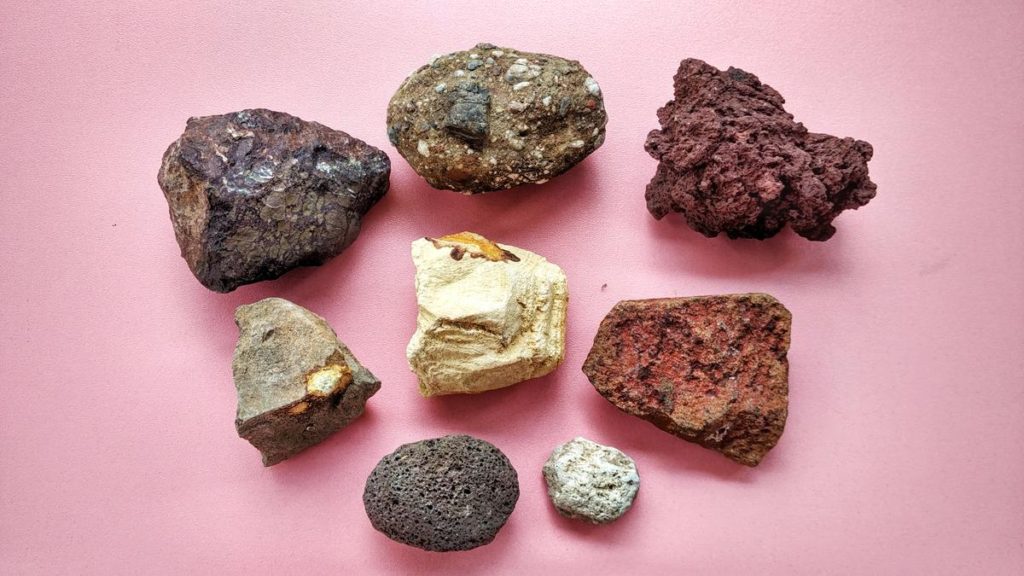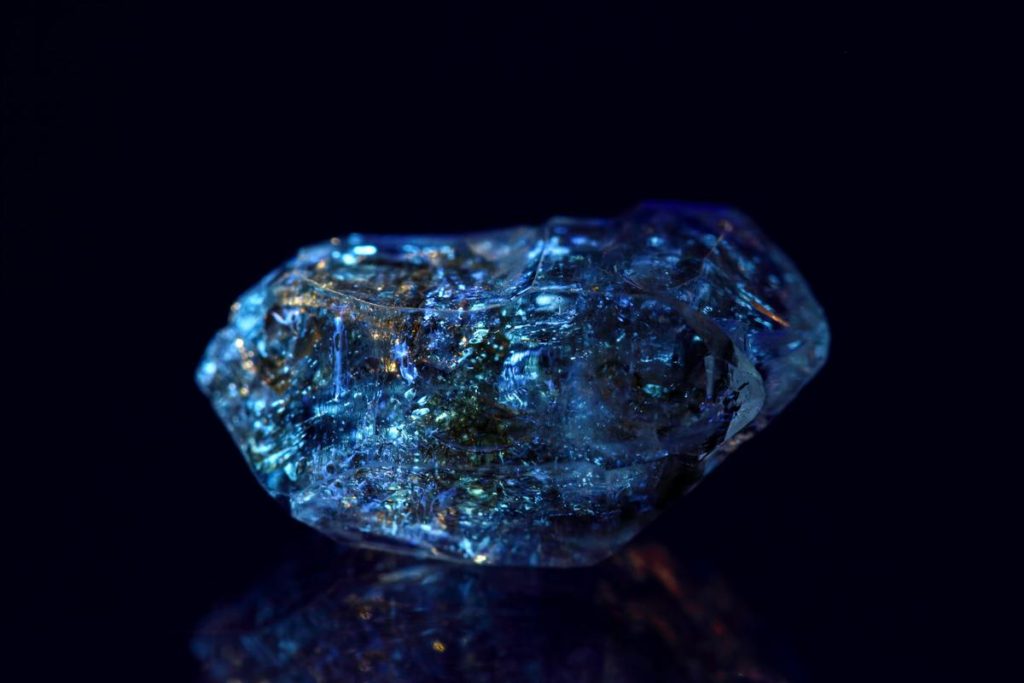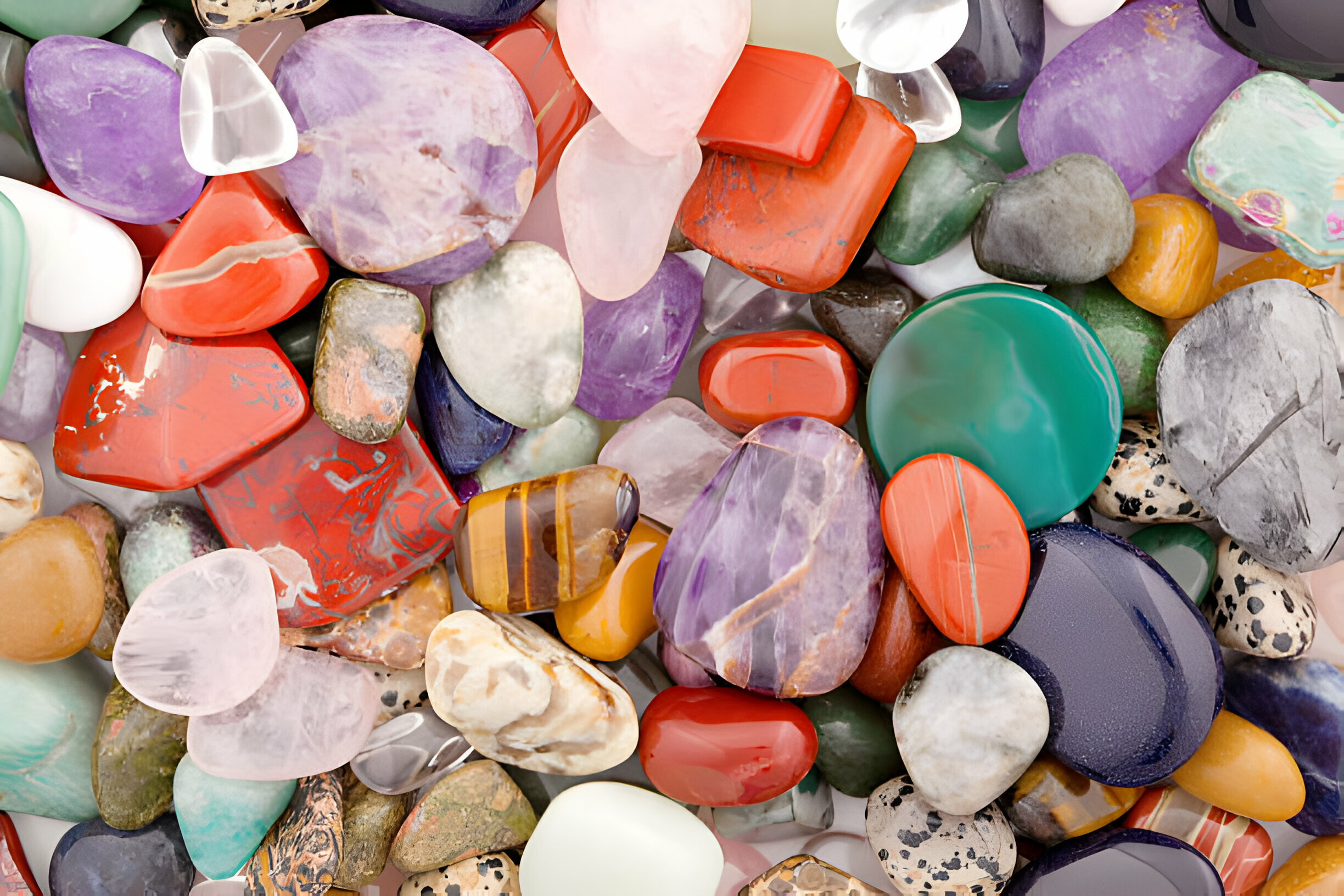Gemstones have fascinated humanity for millennia, captivating us with their exquisite beauty and allure. These precious stones, often used in jewelry, hold a timeless appeal. However, their journey from humble minerals in the Earth’s crust to resplendent jewels is a complex and intriguing process. In this article, we will delve into the geology behind gemstone formation, uncovering the remarkable journey of nature’s jewels and the forces that shape them.
- Minerals and Crystals
At the heart of gemstone formation lies minerals and crystals. Minerals are naturally occurring inorganic substances with a specific chemical composition and a characteristic atomic structure. When these minerals grow and arrange themselves in a repeating, three-dimensional pattern, they form crystals. This ordered atomic arrangement contributes to the unique optical properties that make gemstones so captivating.
- The Earth’s Crust: A Treasure Trove
The Earth’s crust serves as a treasure trove for gemstones. It comprises various rocks and minerals, each contributing to the formation of these exquisite jewels. Gemstones can be found in different types of rocks, including igneous, sedimentary, and metamorphic rocks.
- Igneous Gemstones
Igneous rocks form from the cooling and solidification of molten magma. Some gemstones, like diamonds, are formed deep within the Earth’s mantle under intense heat and pressure. They are then brought to the surface through volcanic eruptions in a type of igneous rock called kimberlite. Other igneous gemstones include peridot, garnet, and spinel, which form through specific mineral crystallization during cooling.

- Sedimentary Gemstones
Sedimentary rocks, on the other hand, originate from the accumulation and compression of sediment particles over time. These rocks can also host gemstones. For instance, amethyst and agate are often found in the cavities or voids of sedimentary rocks, created through the slow deposition of mineral-rich solutions over countless years.
- Metamorphic Gemstones
Metamorphic rocks undergo a transformation due to high pressure, heat, and other chemical processes deep within the Earth’s crust. This environment provides the ideal conditions for gemstone formation. Popular metamorphic gemstones include emerald, formed from the mineral beryl under high-pressure conditions, and jadeite, created through the metamorphism of serpentine minerals.
- The Role of Heat and Pressure
Heat and pressure play pivotal roles in the formation of gemstones. These forces can cause existing minerals to undergo transformations, leading to the development of new minerals or the crystallization of minerals in existing rocks. Metamorphic gemstones, in particular, are often the result of intense heat and pressure acting on pre-existing rocks.
- Nature’s Artistry: Gemstone Formation
Gemstone formation is a testament to nature’s artistry, taking millions of years and intricate processes to create these captivating jewels. In some cases, gemstones form deep within the Earth’s mantle and are brought to the surface through volcanic activity. In others, the slow accumulation and compression of minerals give rise to gem-filled cavities within sedimentary rocks. The pressure and heat deep within the Earth’s crust also facilitate the transformation of minerals into dazzling gems.
- Birthstones: Celestial Gems
Birthstones hold special significance, with each month being associated with a particular gemstone. These stones are believed to carry unique properties and are often believed to bring luck, protection, or other benefits to their wearers. For instance, the deep blue sapphire is the birthstone for September, symbolizing wisdom and nobility, while the fiery ruby represents passion and vitality for those born in July.
- Geological Rarity: Rarity and Value
The geological rarity of gemstones greatly impacts their value. Some gemstones, like diamonds, are incredibly rare and highly sought after, making them some of the most valuable stones on the planet. The combination of scarcity and exceptional beauty contributes to their desirability among collectors and jewelry enthusiasts.


Conclusion
Gemstones are more than just captivating adornments; they are nature’s true marvels, each one with its unique journey of formation. From the fiery depths of the Earth’s mantle to the cool serenity of sedimentary caves, gemstones are a testament to the Earth’s geological processes. Heat, pressure, and time work together in perfect harmony to create these nature’s jewels, each one a unique masterpiece.
The allure of gemstone geology lies not only in their rarity and beauty but also in the stories they tell of the Earth’s history. As we continue to unearth the mysteries of our planet, we gain a deeper appreciation for these precious stones that have adorned humanity throughout time, making them timeless treasures for generations to come.






